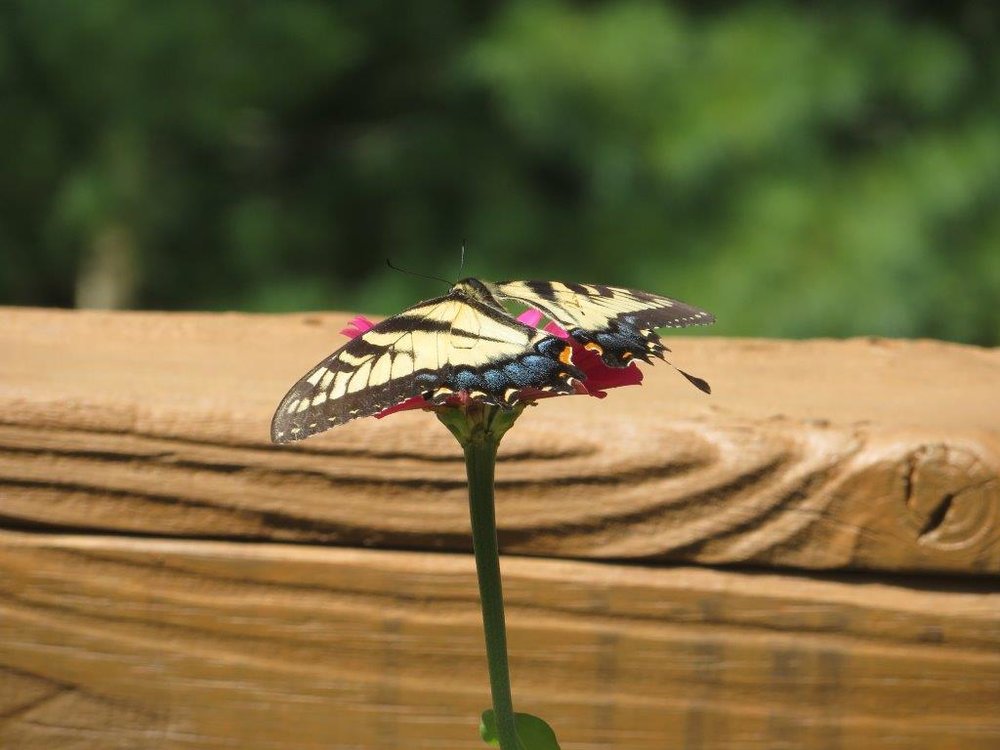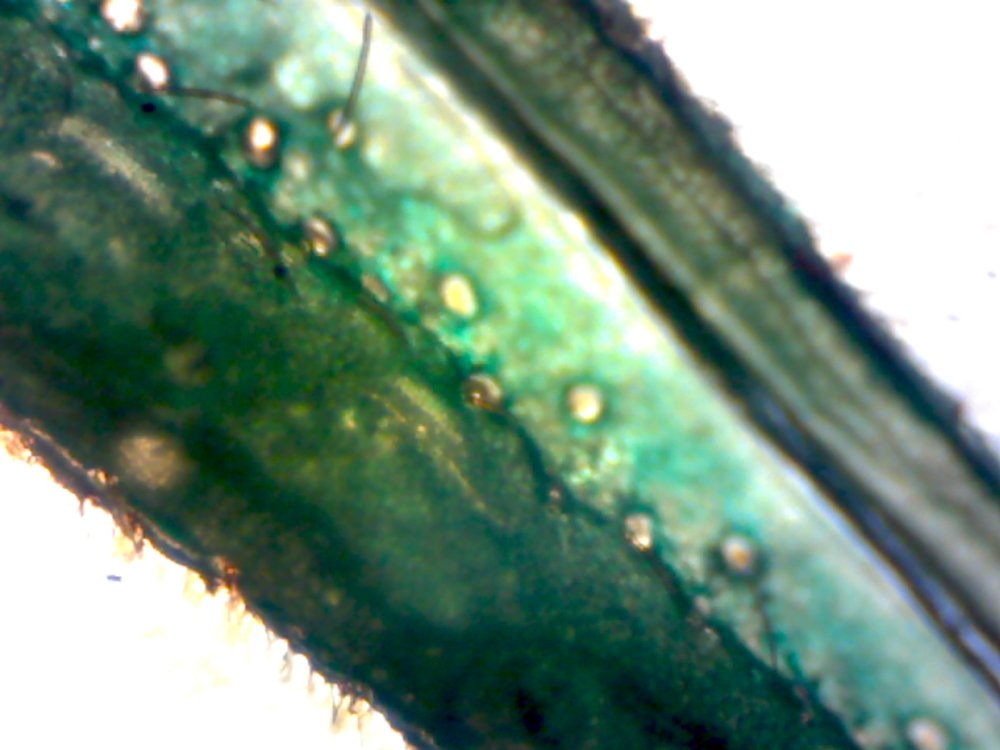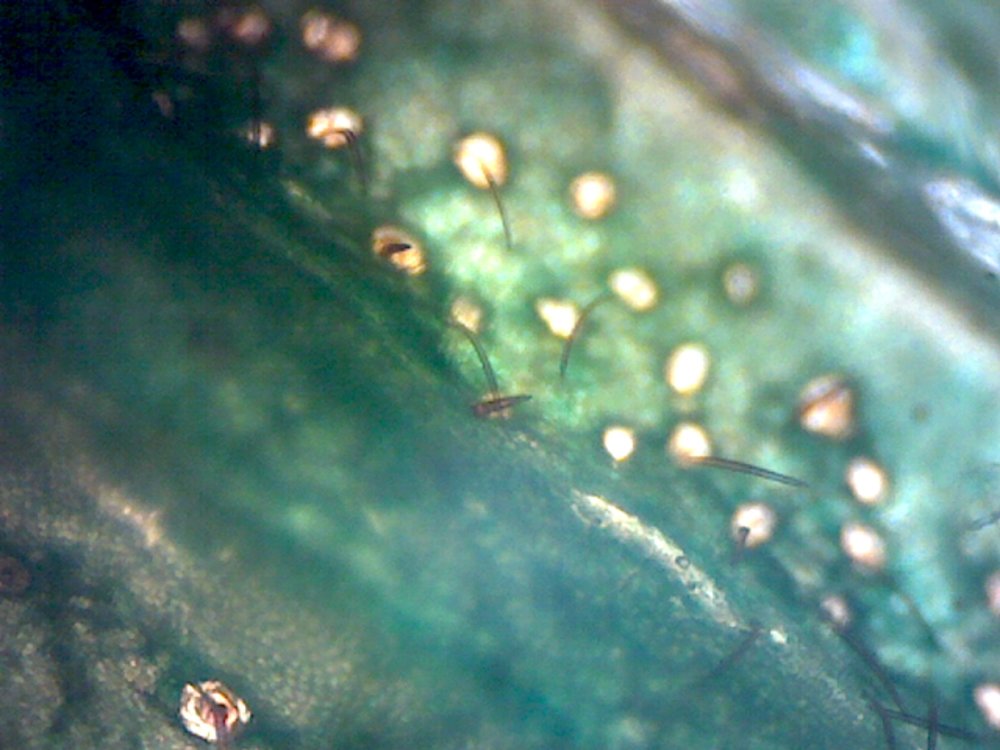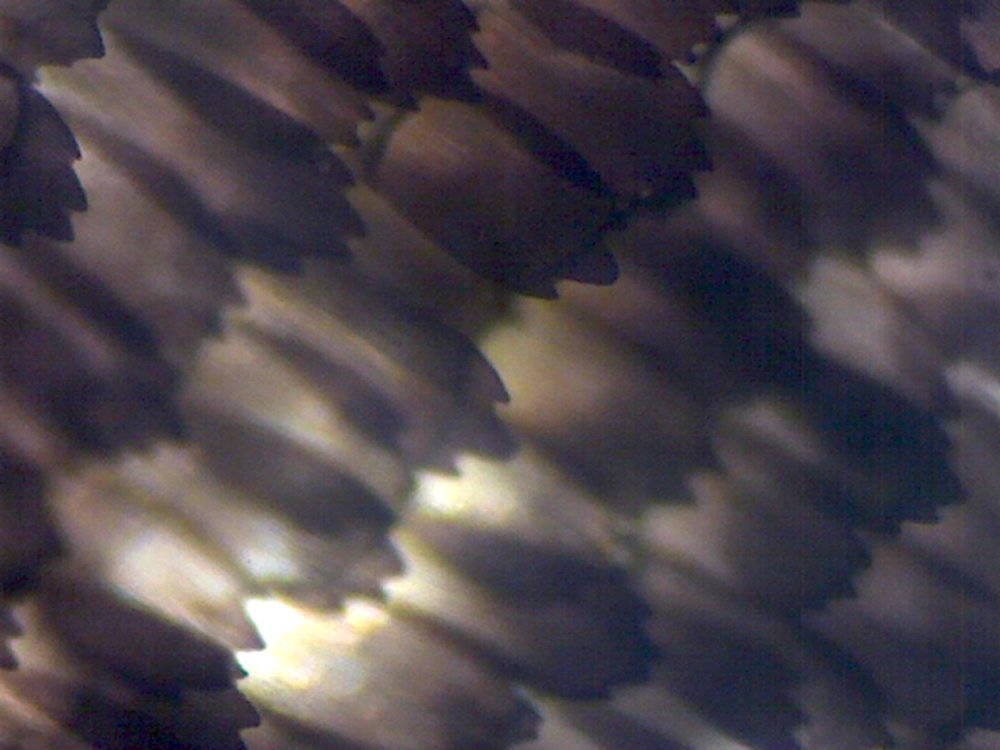Tiger Swallowtail - 2014
/ There have not been as many butterflies in our area this summer so I was delighted to photography two enjoying my deck garden in August and this week. In August, the butterfly weed and marigolds were the big attraction. Note how battered the edges of the wings look in this view of the feeding insect (with the butterfly pot decoration overhead).
There have not been as many butterflies in our area this summer so I was delighted to photography two enjoying my deck garden in August and this week. In August, the butterfly weed and marigolds were the big attraction. Note how battered the edges of the wings look in this view of the feeding insect (with the butterfly pot decoration overhead).
I’m always surprised at how hairy the area where the winds and body overlap looks…at the powdery blue…at the delicacy of the whole wing.
From the side, the body looks robust compared to the legs and the proboscis. This insect spent quite a lot of time with the marigolds - so maybe the flowers will produce a lot of seeds.
This week the draw for the tiger swallowtail was the zinnias. When the wings are held vertically they are folded a little as well. Their ribs show more.
It was a breezy day so the insect would flatten itself to maintain its stance on the flower. The wings look very symmetrical when they are fully extended.
Notice that the edges of the wing are battered in this one too. This butterfly spent quite a long time at with the zinnia - flying away for a few seconds and then returning - and I’ll keep the seeds that develop over the next few weeks.

































